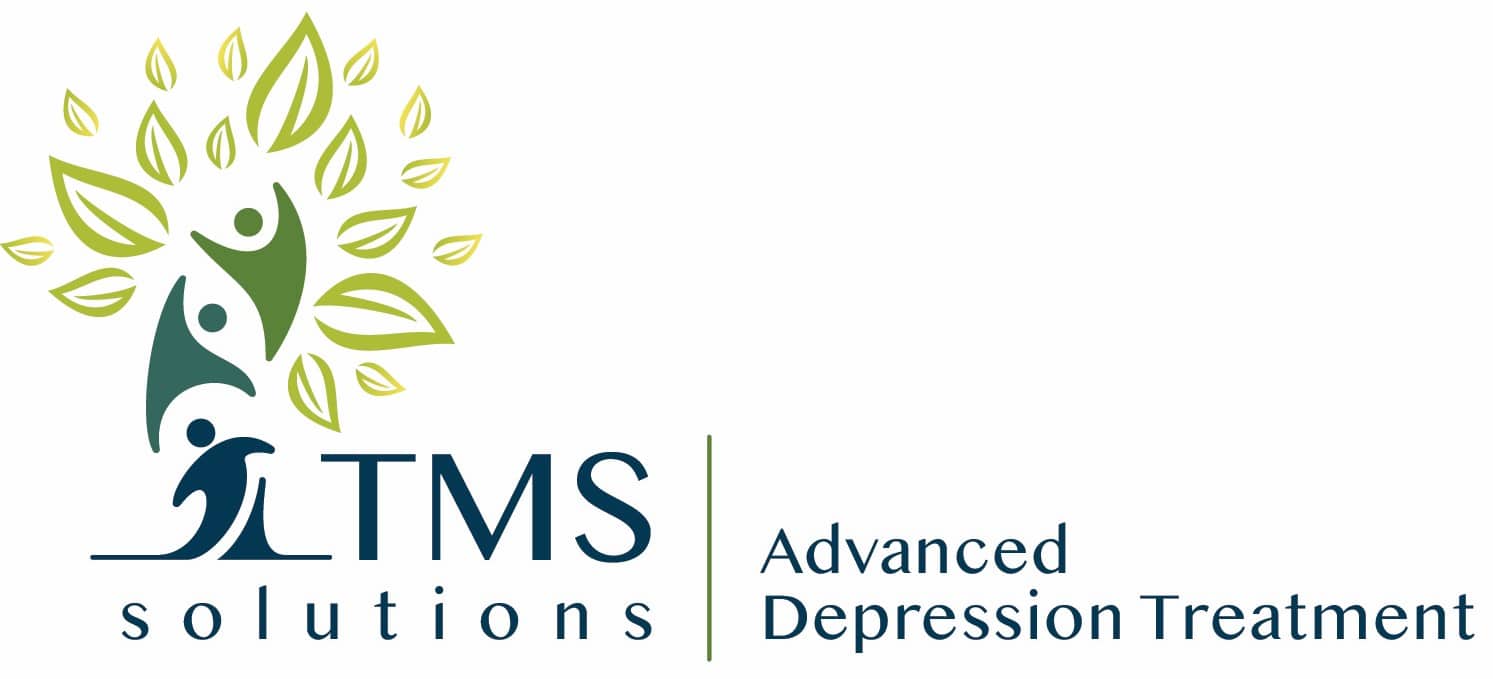Transcranial Magnetic Stimulation (TMS) therapy is an FDA-approved, non-invasive treatment for individuals suffering from Major Depressive Disorder (MDD), MDD with anxious features, Obsessive-Compulsive Disorder (OCD), and tobacco smoking cessation. It has gained widespread recognition as an effective option for those who have not responded to traditional treatments like medication and therapy.
Using magnetic fields to stimulate nerve cells in the brain, TMS targets areas associated with mood regulation, offering hope and relief to individuals struggling with depression, anxiety-related symptoms, and other mental health conditions.
Here’s what you need to know about TMS therapy, how it works, and its FDA-approved applications.
What Is TMS Therapy?
TMS therapy is a non-invasive procedure that uses magnetic pulses to stimulate specific areas of the brain, particularly the prefrontal cortex, which is often underactive in individuals with MDD, OCD, and anxiety-related symptoms. By targeting these regions, TMS helps restore normal brain activity, improve mood, and reduce symptoms of depression and obsessive-compulsive behaviors.
Unlike medication, TMS therapy does not involve systemic side effects, making it a safe and appealing option for many patients.
How Does TMS Therapy Work?
The process of TMS therapy is straightforward:
- Initial Consultation: A qualified physician will assess your condition to determine if TMS is right for you.
- Treatment Sessions: During each session, an electromagnetic coil is placed on your scalp near the forehead. This coil delivers magnetic pulses to stimulate nerve cells in the brain.
- Duration: Sessions typically last 20–40 minutes, and patients can return to their normal activities immediately afterward. A typical course of treatment involves 5 sessions per week for 4–6 weeks.
TMS therapy is non-invasive, meaning there are no surgical procedures or anesthesia involved, and it has minimal side effects, such as mild scalp discomfort or headache.
Who Can Benefit from TMS Therapy?
TMS therapy is primarily used to treat major depressive disorder (MDD), especially in individuals who:
- Have not responded to antidepressant medications.
- Cannot tolerate the side effects of traditional medications.
- Seek a non-invasive, drug-free alternative for managing depression.
Additionally, research is expanding the use of TMS therapy to address conditions like anxiety, PTSD, and OCD, making it a versatile treatment option.
Benefits of TMS Therapy
1. Non-Invasive and Drug-Free
TMS therapy does not involve surgery or medication, making it an excellent choice for those seeking an alternative to traditional treatments.
2. Minimal Side Effects
Unlike antidepressants, which may cause weight gain, nausea, or sexual dysfunction, TMS therapy has few reported side effects, mostly limited to mild scalp discomfort during sessions.
3. Long-Term Results
Many patients report sustained relief from depression symptoms even after completing their TMS therapy sessions.
4. Improved Quality of Life
By targeting depression symptoms, TMS therapy helps patients regain control of their lives, improving relationships, productivity, and overall well-being.
Conclusion: Discover Relief with TMS Solutions
TMS therapy represents a significant breakthrough in the treatment of depression, offering a safe, effective, and non-invasive solution for individuals who have struggled with traditional treatments. With minimal side effects and proven long-term benefits, TMS therapy is a powerful tool for reclaiming mental health and achieving a better quality of life.
If you’re seeking effective TMS therapy in Denver, Spokane, or other locations, trust TMS Solutions. Our team of experienced professionals provides personalized care to help you overcome depression and regain your happiness. Contact us today to schedule a consultation and take the first step toward a brighter future.


